Discover the charm of Osuna - a hidden gem of Andalusia!
El Coto de las Canteras is an interesting place located near the town of Osuna in the province of Seville.
Often referred to as the "Petra of Andalusia" in guidebooks, but I think the comparison to the work of the Nabateans in Jordan is greatly exaggerated. However, the place does create a unique landscape that is worth seeing.
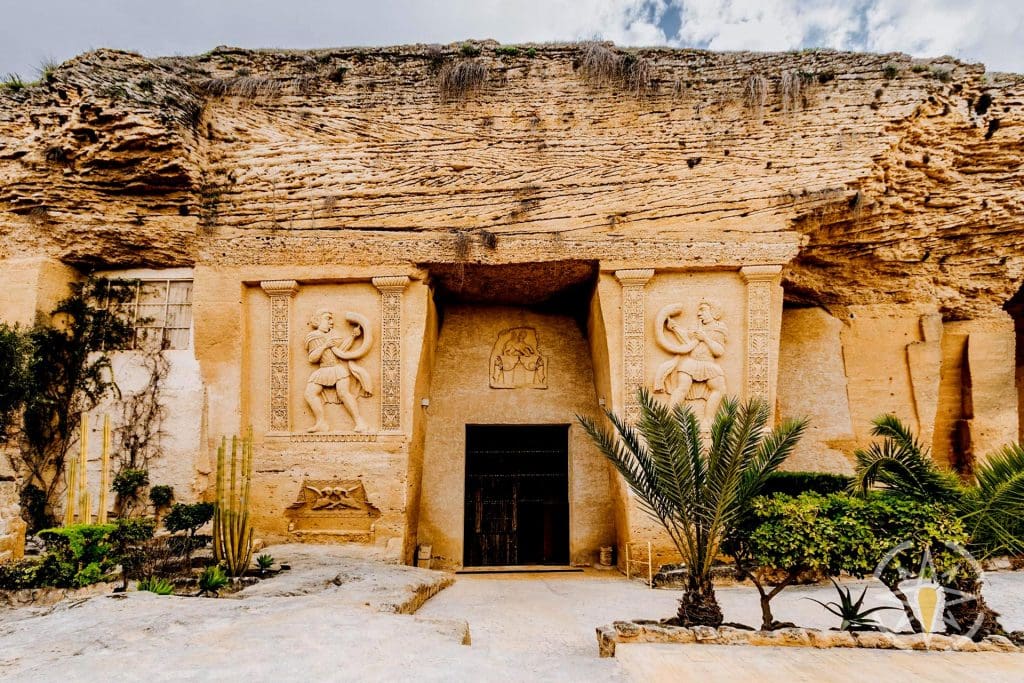
Park stał się popularnym kierunkiem wycieczek zarówno dla mieszkańców pobliskich miejscowości, jak i turystów spoza regionu, których przyciąga ciekawa historia, urok pobliskiej Osuny, miejscowości, której arena walki byków stała się tłem scen popularnego serialu “Gra o Tron“.
Spanning 4,000 square meters, the quarry reserve features gardens adorned with various plant species, sculptures created from locally extracted sandstone, and interior space within the quarry dedicated to showcasing the history of the stone extraction process.
The history of El Coto de las Canteras
The history of El Coto de las Canteras dates back to ancient times when limestone sandstone, primarily used as a building material for houses, began to be extracted here. The Romans, who conquered the area, exploited the land and used the stone for building Roman aqueducts and other structures of the time. Nearby, you can find La Necropolis, a Roman burial site.
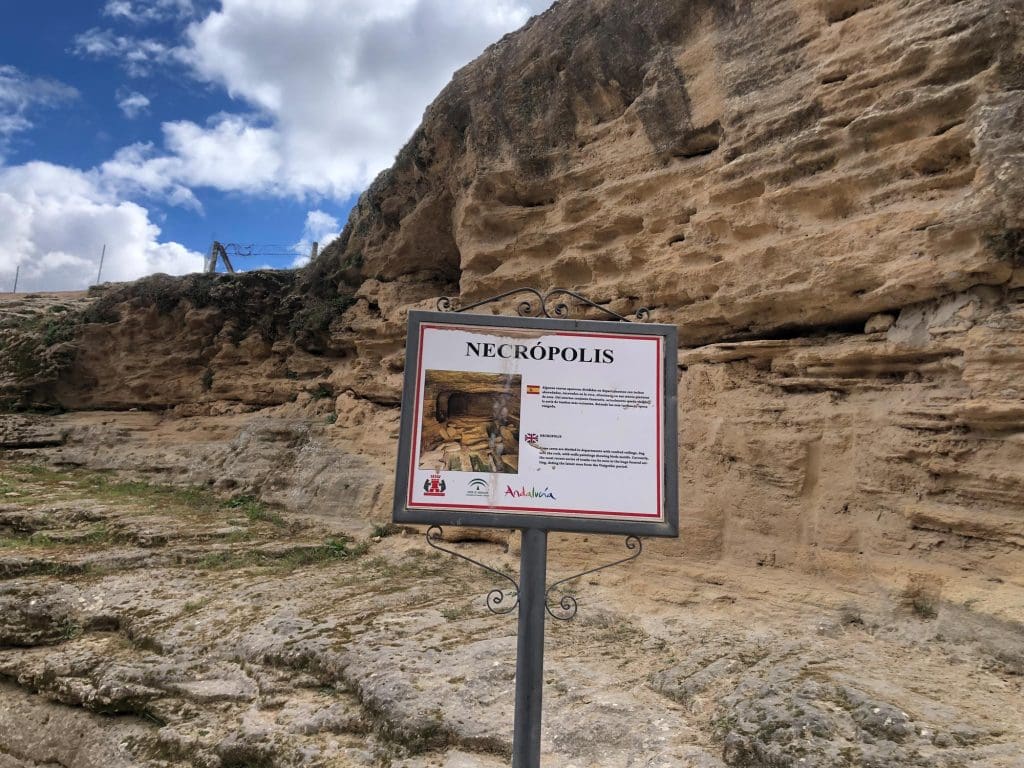
During the Middle Ages, the stone was used for the construction of castles, churches, and monasteries in the region. In the 18th century, the material was used in many well-known and magnificent Spanish buildings, including the famous La Giralda tower in Seville.
In the mid-20th century, the demand for stone extraction declined, and the last master stonemason in the 1960s was Andrés Benítez. In 2016, after renovation, the entrance gate of El Coto de las Canteras was opened to visitors.
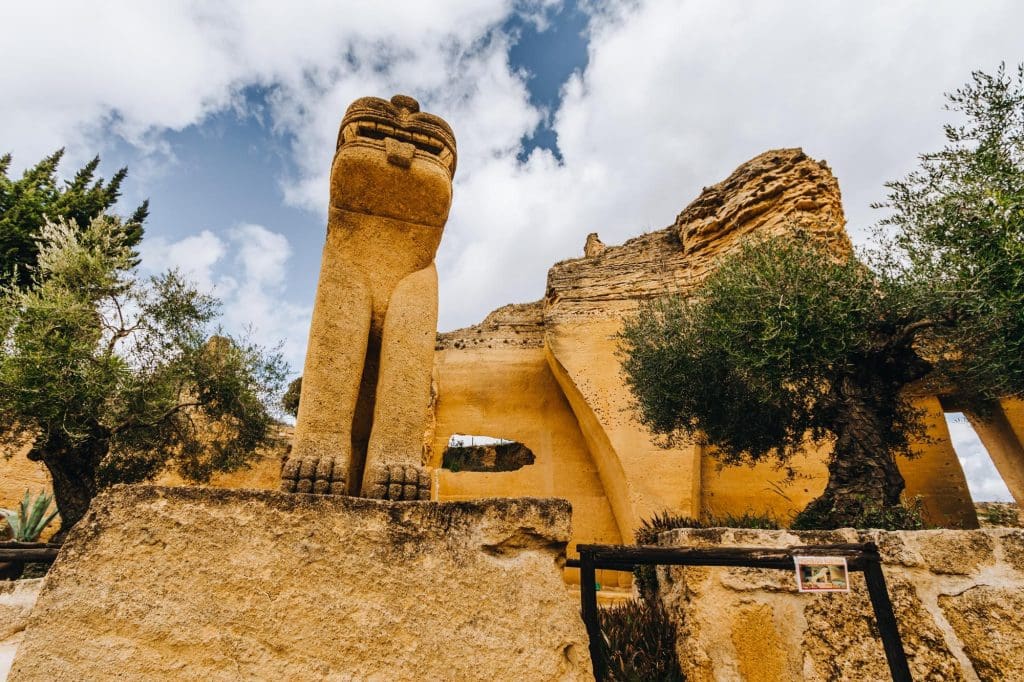
The exterior sculptures are the work of Francisco Valdivia Gómez, an artist born in Osuna, who learned stone and wood carving at the age of fifteen in his family workshop. In 2004, he was commissioned to create sculptures for the decoration, which he meticulously crafted over the next few years, reproducing Iberian sculptures with the help of sketches and photographs. These original sculptures are now housed in the National Archaeological Museum in Madrid.
The exterior sculptures are the work of Francisco Valdivia Gómez, an artist born in Osuna, who learned stone and wood carving at the age of fifteen in his family workshop. In 2004, he was commissioned to create sculptures for the decoration, which he meticulously crafted over the next few years, reproducing Iberian sculptures with the help of sketches and photographs. These original sculptures are now housed in the National Archaeological Museum in Madrid.
Entering through the main gate, a huge cave with a height of 27 meters will unfold, where a constant temperature of 22º is maintained. Inside, there is a small museum displaying a collection of tools used for stone extraction. In the past, sunflower seeds were roasted here, which is why some ceilings are blackened. In the center, there is an impressive bas-relief created by Francisco Valdivia, depicting a scene of grape harvesting with animal allegories. __
If you happen to be traveling along the route from Malaga to Seville, it is worth stopping by. Just a few minutes off the main road, you can explore the interior of the quarry, which takes about 15 minutes.
Official website, opening hours, and useful information: CLICK HERE
Osuna - a city from Game of Thrones
I will write more about Osun soon, but if you have already had a peek here and intend to visit El Coto de las Canteras, then I recommend a visit to this charming Andalusian town, located right next to the quarries. I will list some of the most important sights and places to see:
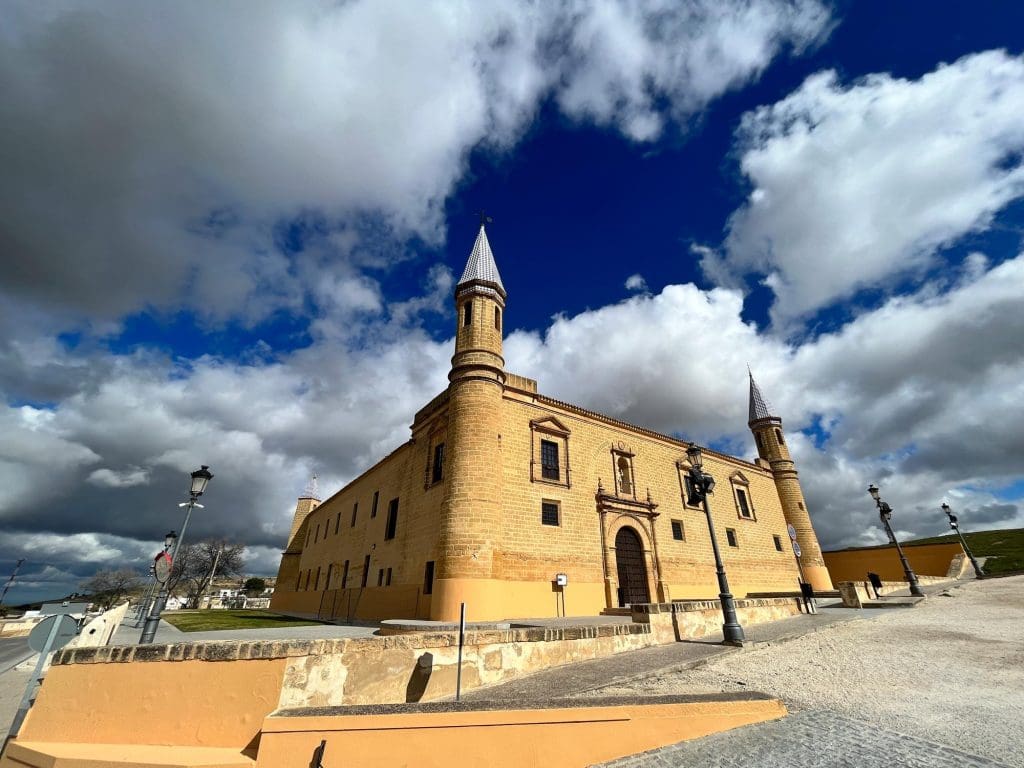
- Plaza de España - the main square and an important centre of the city's social life. Here you can see beautiful monuments such as the town hall and church
- Colegiata de Santa María de la Asunción - The Gothic collegiate church dates from the 18th century and is one of the most important monuments in Osun. The interior of the church is decorated with beautiful paintings and sculptures
- Universidad de Osuna - one of the most important educational venues in the region. The university was founded in the 16th century and has a rich history. You can visit its beautiful courtyards
- Puerta de la Villa - after passing through this gate you can see the charming streets and historic buildings within the old town
- Plaza de Toros - Osuna has one of the most famous bullfighting arenas in Andalusia. Built in the 18th century, it is one of the most important cultural and traditional sites in the city
- Monasterio de la Encarnación - The 18th century monastery is the resting place for numerous members of the Osuna family. Inside, you can admire the beautiful decorations and works of art
- Palacio de los Cepeda - The Renaissance palace is one of the most charming buildings in Osun. Inside there is a museum where you can learn about the history of the town and its heritage
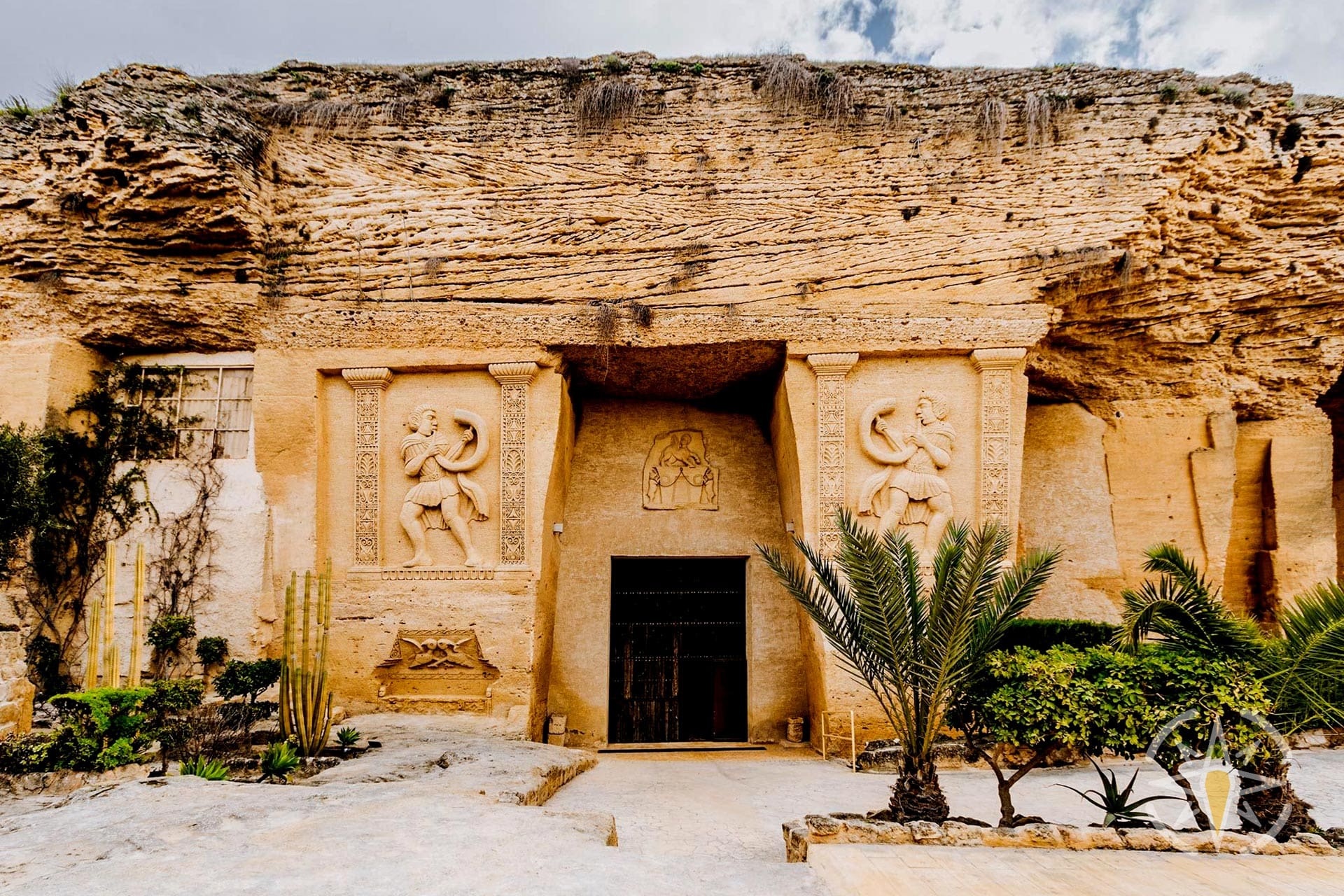
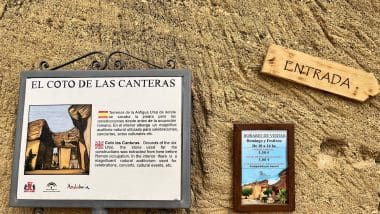

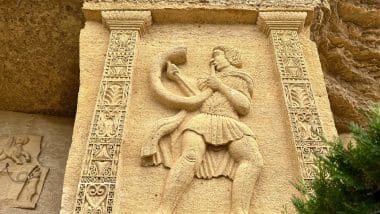
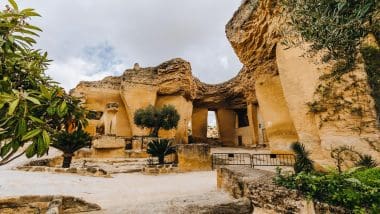
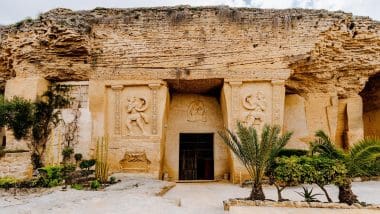
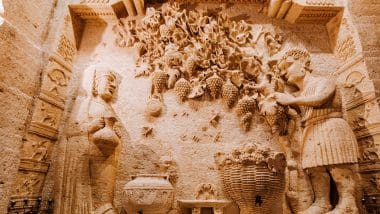
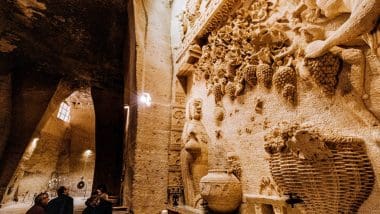
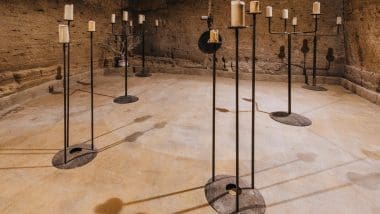
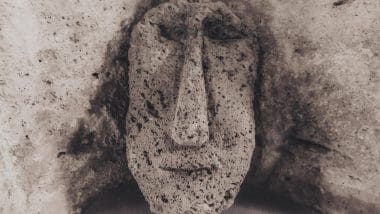
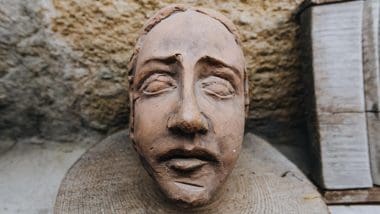
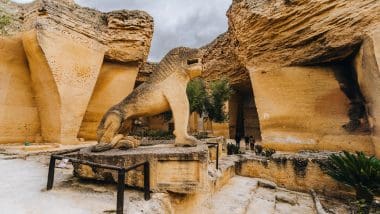
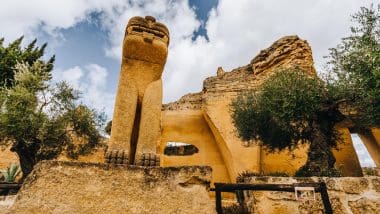
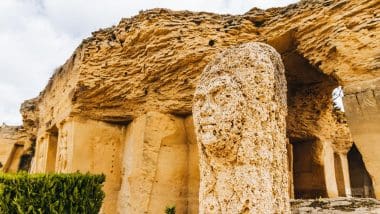
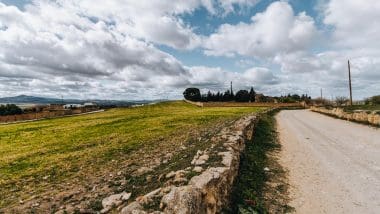
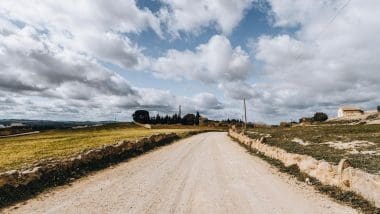
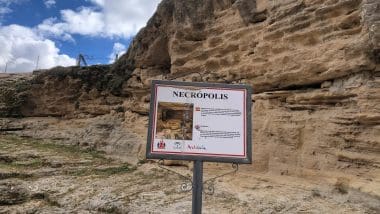
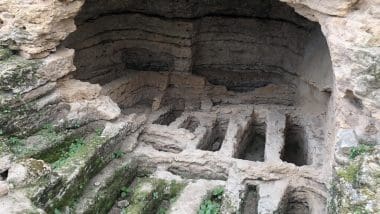
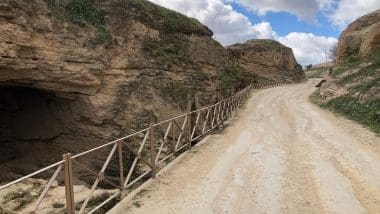
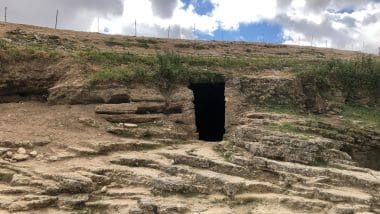
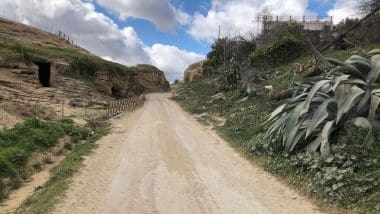
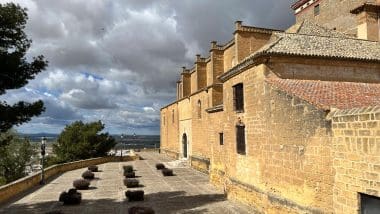
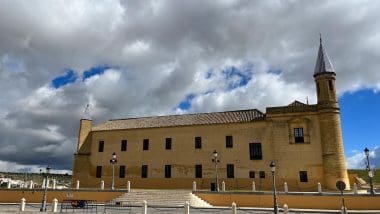
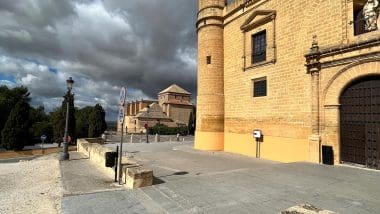
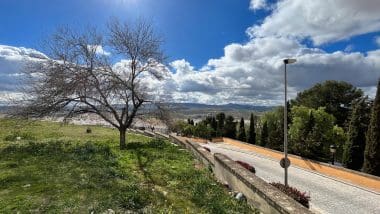
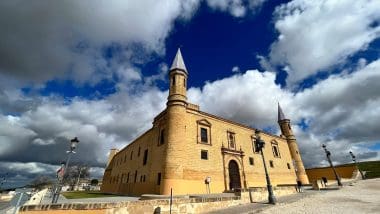
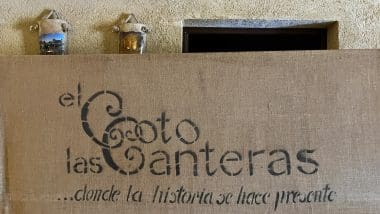
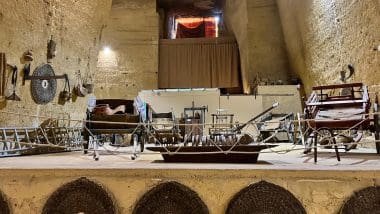
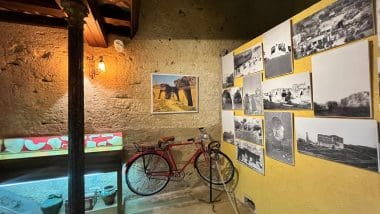
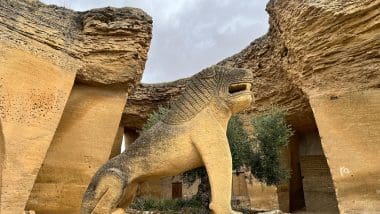
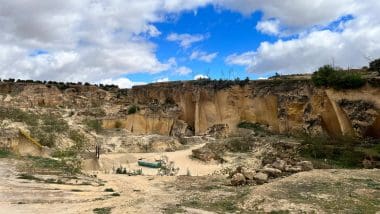
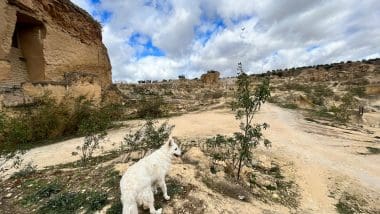
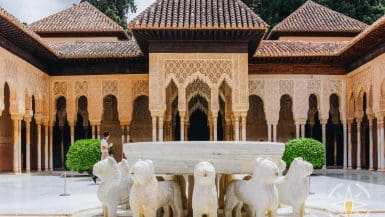
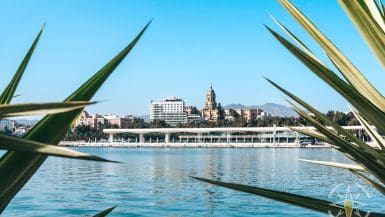
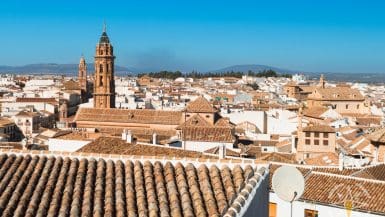
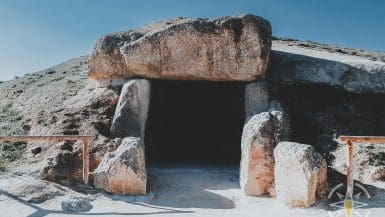
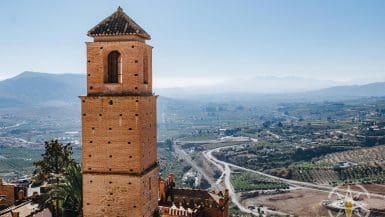
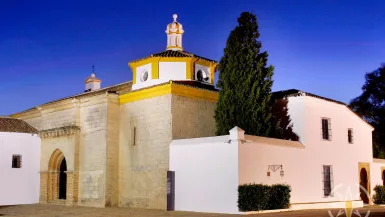
Leave a comment, ask a question...